The architecture of memory is a subjective metaphorical value. In visual art, dialogue and proximity sometimes provide spaces of understanding, areas of exploration, of contamination, of change, characters that belong to innovation and excellence.
Ritzi and Peter Jacobi, artists trained at the “Nicolae Grigorescu” Fine Arts Institute in Bucharest in the 60s, were a couple until the first half of the 80s. Their international recognition came once they moved to Germany in the 70s and with their participation in numerous international exhibitions, among which we recount the 1969 International Biennale of Tapestry in Lausanne, the Biennale of Contemporary Art in Venice, in 1970, followed by other major exhibition events and public works in Europe and the United States of America.
Curator Thomas Hirsch creates a context with a retrospective value within the exhibition “The fabrics of memory. Works from five decades”. He brings to the exhibition space collaborative and individual works created by the two artists up to the 70s, alongside special works from the 80s and 90s, and some recent works by both of the artists. What emerges from analyzing the specificity of the directions developed by Ritzi and Peter Jacobi is the importance of this period of identity formation and definition through experiment, which coincides with their initial stage. The works of monumental dimensions, created chronologically during the neo-avant-garde period: Exotica Rosa, 1976, haute lisse, goat hair, wool, rare cotton, silk; Untitled, 1975, goat and horse hair, jointly signed, Ritzi and Peter Jacobi; Fall of the Folds- Anthropomorphic 1974-1978, Carrara marble, Peter Jacobi; Osuariu, 1973-1976, Carrrara marble, Peter Jacobi or Soft drawing 1982-1984, rice paper with synthetic paper, pencil and coloured pencil made by Ritzi Jacobi, make up, compositionally, the core of the exhibition at Jecza Gallery. They belong to a universe where the fragility of fibers melts to the point of fusion in the possibilities held by the firmness of hard materials, specific to the three-dimensional. The monumental autonomy achieved in textile works thanks to the strong volumetric impulses derived from sculpture is complemented, in counterweight, by an approach in which the sensitivity, refinement and fragility of matter are explored in the essence of hard materials, such as marble or metal. The structural principles and opposites of femininity and masculinity, roundness and firmness, balance and imbalance, tradition and innovation, transparency and opacity come together, ritualistically revealing unsuspected qualities in creation. Ritzi and Peter Jacobi thus contributed to the rebirth and elevation of the tapestry tradition, through the experimental approach of some ancient techniques and materials, of some ancestral ways of expression which, on the stage offered by the Lausanne Biennale (1962-1995) would achieve the status of “fiber art”.
In chronological progression, the gallery space embraces successions of vertical structures, modular, organic or layered metal columns created by the sculptor in later years, connected in a spatial context inspired by mixed media works by Ritzi Jacobi during the period of abstract painting influenced by American art, where the austerity of geometry transforms simple materials into imposing surfaces, as seen in Red Articulation, 1995, cast iron, painted steel, painted wood, or in the Non Folder cycle, 1995, steel and painted cardboard.
It should be pointed out the integration in the exhibition of the thematic progression through which the sculptor uses photography both objectively and symbolically, as well as for the purpose of research and documentation, a stage illustrated in the exhibition of the photo cycle Western Wall Series/ Siegfried Line, 1982-1983, argentic photographs on Baryta paper.
The presence of Ritzi Jacobi’s most recent monumental textile work, Star Zone, 2007, cotton and coconut fibers, in which natural structures woven into intimate, dynamic volumes build an imposing ensemble, underlines a territory of negotiation between the wild cyclical reinvention of nature and the sheer size adopted by the artist as a way of relating to time and space.
The exhibition “The fabrics of memory. Works from five decades” expresses the essence of defining the creation of artists Peter Jacobi and Ritzi Jacobi through a seen and unseen dialogue, marked by moments of interpenetration, separation, experimentation and reunion.
The exhibition took place at Jecza Gallery in Timișoara during 15.02 – 05.05.2023.
Translated by Patricia Maroiu
POSTED BY
Andreea Foanene
Visual artist, cultural theoretician and art curator, Andreea Foanene, PhD in Visual Arts (2016), graduated a bilingual Master in European Cultural Politics (2009) at the West University in Timişoara...
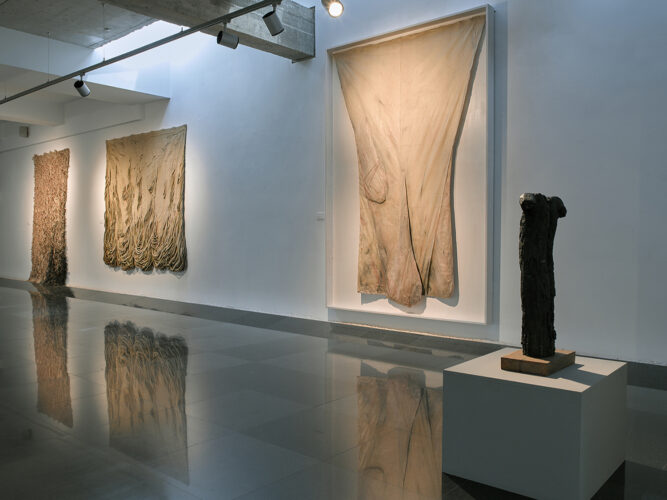
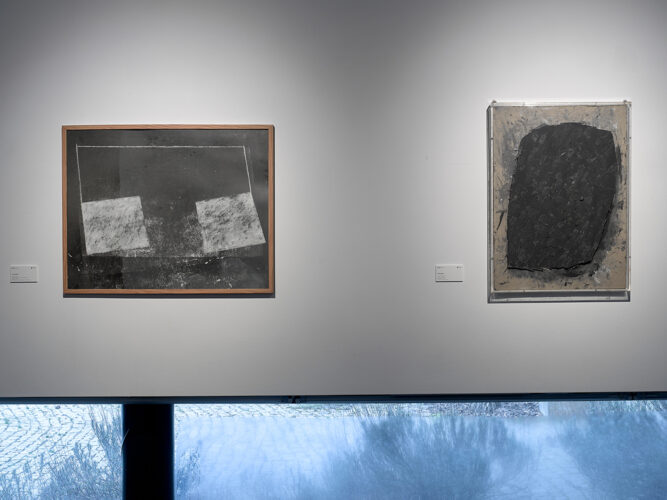
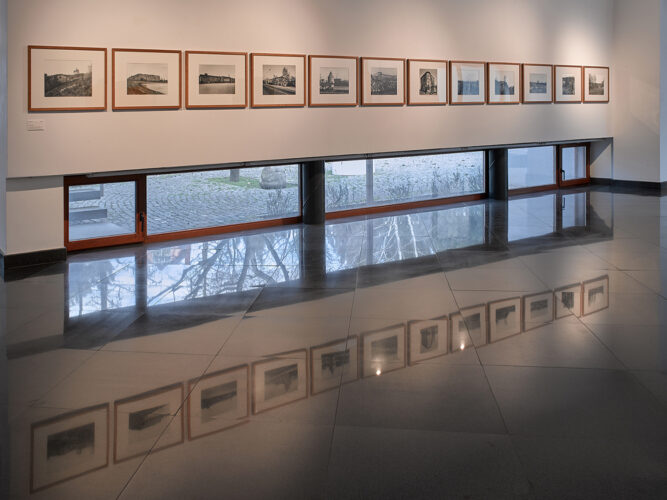
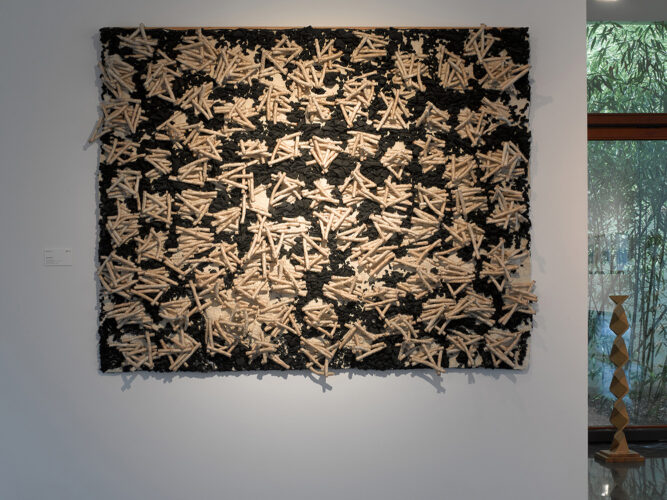
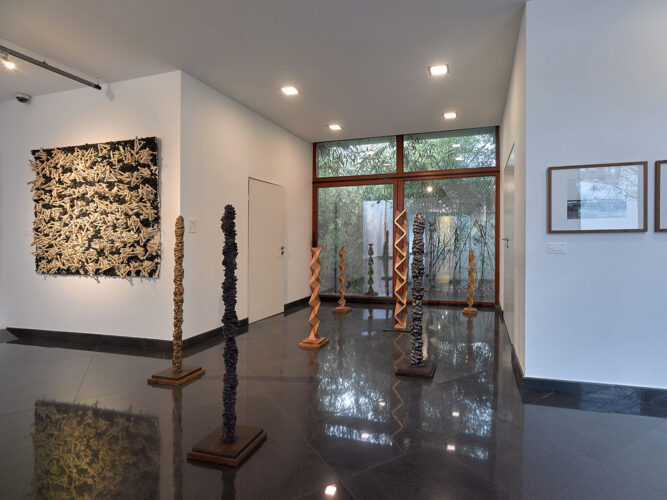
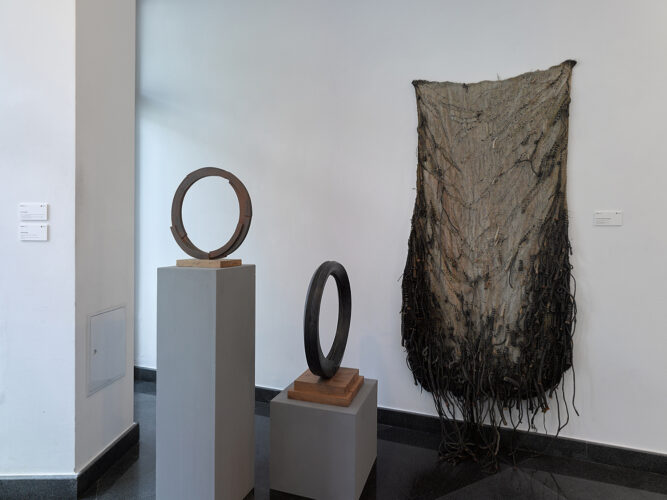

Comments are closed here.